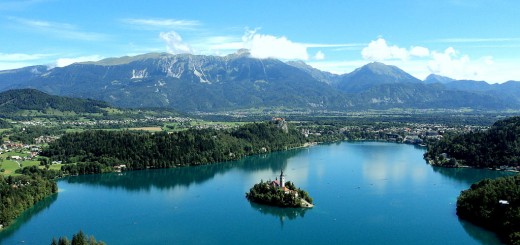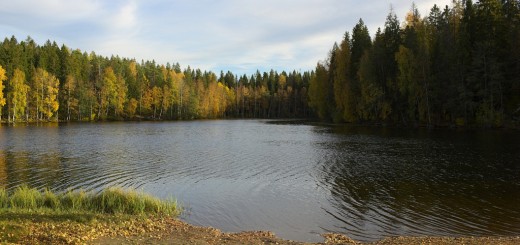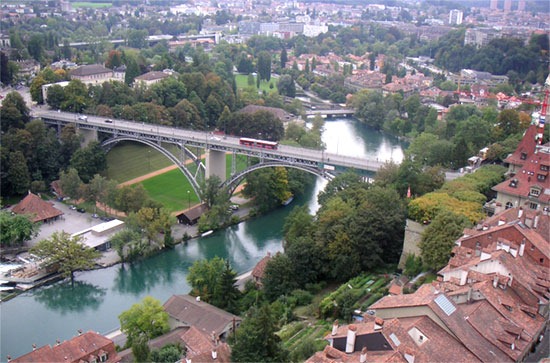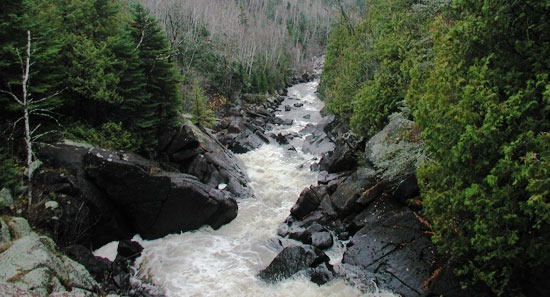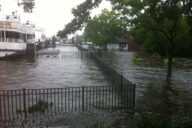Lake Malawi Cores Hold Clues To Cichlid Diversity
0Sitting in southeast Africa, Lake Malawi has long been the home of diverse populations of cichlid fish. The fish are common in aquariums throughout the world, adding color and liveliness to the boxy, manmade tanks they inhabit.
One of the reasons that the fish are so good in aquariums (aquaria) is that they tend to get along well. Another is their diversity: You can get practically any combination of size, shape and color of cichlid imaginable. There are, after all, more than 1,000 species of cichlids that hail from Lake Malawi.

An African cichlid tank at the Georgia Aquarium in Atlanta, Georgia. (Credit: Wikimedia Commons User Fredlyfish4 via Creative Commons 3.0)
Because of this incredible diversity, scientists have long used cichlids in research projects, most prominently in models of species diversification. But the question remains — How did these fish, that all come from the same spot, get so diverse?
To get at the answer, researchers from Syracuse University led a study looking at the history of Lake Malawi, informed by the Lake Malawi Drilling Project, a scientific campaign that recovered a series of continuous sediment cores going back 1.3 million years.

Grey, carbonate-rich mottled clay deposited during severe low-stands and mega-droughts. (Credit: Lake Malawi Drilling Project)
The incredibly valuable cores revealed a lot about the changes that Lake Malawi has seen over the centuries, including shifts from arid to wet climates that had effects on the lake as well as human evolution. The cores also shed light on the long-misunderstood reason that Malawi cichlids are so diverse.
Throughout the core sections, scientists pinpointed massive water level drops of 200 meters or more that occurred nearly 24 times. The water losses probably affected the habitats available to the fish, scientists say, such as shifting rocky shorelines inward, altering pH and salinity levels and possibly also creating separate and smaller lakes.

Drilling barge on Lake Malawi in 2005. (Credit: I. Castaneda / University of Minnesota)
With all those shifts in habitat, researchers propose that the cichlids would had to have adapted to survive, creating the different species that we have today. It could also be that cichlids were able to evolve faster than other types of fish as changes to Lake Malawi occurred over time.
Are shifting water levels at cause for the diversity of cichlids in Lake Malawi? What other factors could have contributed? Please leave a comment and share your thoughts.




